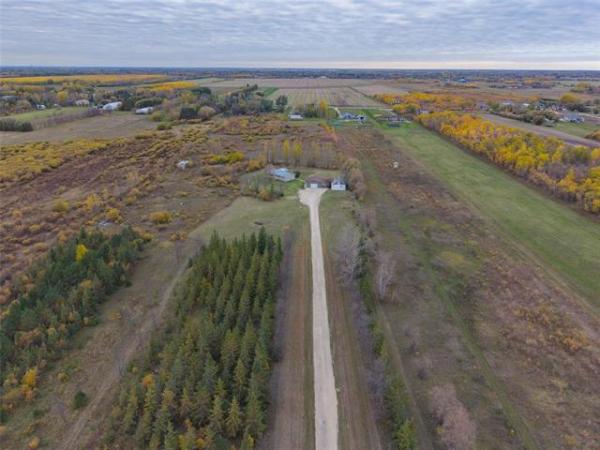Questions: I’m sure that I must be one of many homeowners with the same question. Last September we moved into our new house in Ridgewood West from the temperate climate of British Columbia. I am worried about the very deep snow drifts in the back yard, and to a lesser extent between my neighbours, and the basement window wells. For the upcoming spring thaw, other than extending the sump pump discharge pipe to the roadside, what other measures do I need to take to avoid inside water penetration for my house?
Regards, John Mason
Answer: Prevention of water from melting snow entering your foundation should be addressed long before the first snow falls. Maintaining good grading, snow clearing, and roof water management are the keys to a dry basement in the spring.
I commend you on your pro-active approach to prevention of problems relating to moisture issues, possible during next year’s spring thaw. For several years, we have had below average precipitation, especially winter snow. Last winter’s record snowfall came as a bit of a wake-up call for many homeowners who experienced wet basements, many for the first time, when all that snow melted. After the weather warmed up, significant rainfall also contributed to oversaturation of our soil, which caused even more basement seepage. This caused most reputable foundation contractors to become overwhelmed, with many not able to keep up with the demand for their services. Some homeowners may still be waiting until next spring for their already booked excavation and repairs from last year. If a recurrence of last winter’s frequent snowfall is seen, that delay may even grow.
So, what can you do to prevent this from happening to your home? The simple answer is to have a good maintenance plan for water management on the exterior of your house. This begins with ensuring that your eavestroughs and downspouts are in good condition, and clear of debris. Because of the location of that system, high above the ground, we often don’t realize there is a problem until a heavy rainfall happens. Before the temperature drops, in the autumn, and the snow arrives, a good inspection of this critical water management system should be done. This will require climbing up on a well-secured ladder to visually inspect all the gutters.
Any loose or sagging sections should be re-secured and broken brackets or fasteners replaced. Sometimes these troughs loosen due to cracks or other deterioration to the fascia behind. In that situation, moving the brackets a few centimeters laterally may allow you to easily reattach it to more solid wood backing. If the fascia is all rotted, due to deteriorated roofing or other defects, removal and replacement of the eavestroughs may be warranted. Once the troughs are all secure and properly sloped, the next stage is to ensure they are clear and clean.
In many areas, especially with lots of mature trees, the eavestroughs will become blocked, primarily at the drops above the downspouts. Clearing out this tree litter, and other debris like shingle granules, normally requires some manual labour. Use a good pair of waterproof gloves, and a trowel or other small garden tool, to scoop out the soggy gunk from the bottom of all the troughs. This can be deposited in an old garbage can, paper leaf bag, or other container, and left out for the city’s yard waste disposal pickup during the appropriate season. This will ensure it is composted at the landfill site and not just added to household garbage. Alternatively, you can dump it into your own composter, as long as it is not full of roofing granules. Washing the troughs with your hose nozzle, inside and out, after clearing should help ensure they are debris-free and the downspouts are properly draining.
The next area of concern with regard to basement leakage is the grading of the soil around the entire home. Most houses will have good grading and effective swales when they are newly built, but that will quickly change due to erosion and compaction, over the first few years after completion. To compensate for this, regular regrading with new topsoil, granular fill, and other landscaping materials will be needed. Ensuring you move your sump pump discharge hose to different areas of your yard, as you have noted, will help extend the life of the grading efforts. Also, regular seeding of grass or other low vegetation in these areas will help hold the soil in place and prevent erosion and excess drying in the summer.
The final piece of the dry basement puzzle is good snow removal. If we have a winter like last year, or even a moderate one with high winds, drifting of snow beside the foundation is a concern. Clearing away snow sitting directly on the foundation walls, or inside filled window wells, should be done regularly throughout the winter. Once spring warming begins, removal of thick snow to the front or back of your property should help further. It will minimize excess moisture that may pool on the frozen ground, and also facilitate quicker thawing of the soil. This may be accomplished with a powerful snowblower, or manually with a good old-fashioned shovel and sled.
Keeping your basement high and dry next spring will depend on a couple of maintenance factors accomplished last fall, good grading and eavestrough maintenance. The third item to help this task is to remove excess snow from directly around the house, just as the spring thaw begins. Paying attention to these three details should certainly help prevent moisture intrusion through the foundation, as the weather warms.
Ari Marantz is the owner of Trained Eye Home Inspection Ltd. and a Registered Home Inspector (RHI)(cahpi.ca). Questions can be emailed to the address below. Ari can be reached at 204-291-5358 or check out his website at trainedeye.ca.
trainedeye@iname.com



